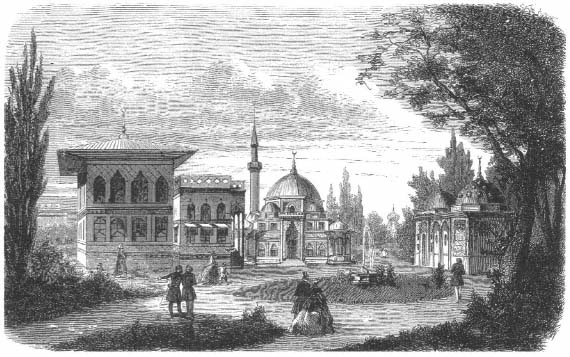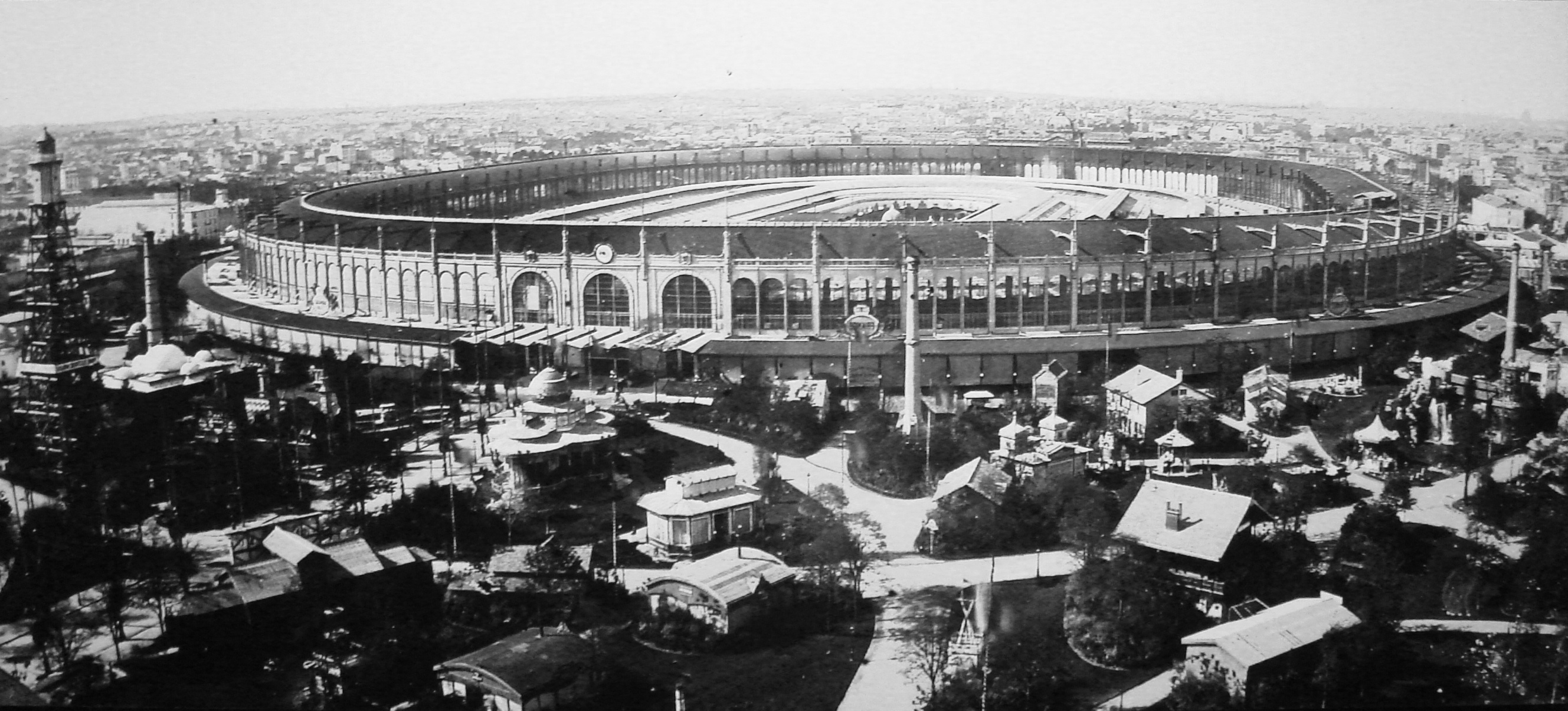
In 1867, at the Exposition Universelle in Paris, the Turkish ‘quarter’ was designed by the Frenchman Léon Parvillée. It included a mosque (representing the religious sphere), the residential Pavilion du Bosphore (showing the homefront) , and a bath (for social and cultural ritual) —all laid out around an open space with a fountain (for the public sphere).
Following the stereotypical idea of Islamic cities having tortuous dead end streets, it was made “authentic” by making it irregular. Actually, in the 1860s, Istanbul was busy making regular, monumental avenues and vistas – just like Hausmann was doing in Paris.

The Exposition planners were just as busy defining and evaluating cultural identity according to Western views of what Islam is about. Zeynep Celik says the plans were derived “not from Turkish precedent but from French academicism”.
Le Figaro took a different view: Now that we are not afraid of Turks, Arabs, and Saracens, the Orient has become for us a sort of hippodrome where grand performances are given. . . . We take the Orient for a theater. 26 June 1867